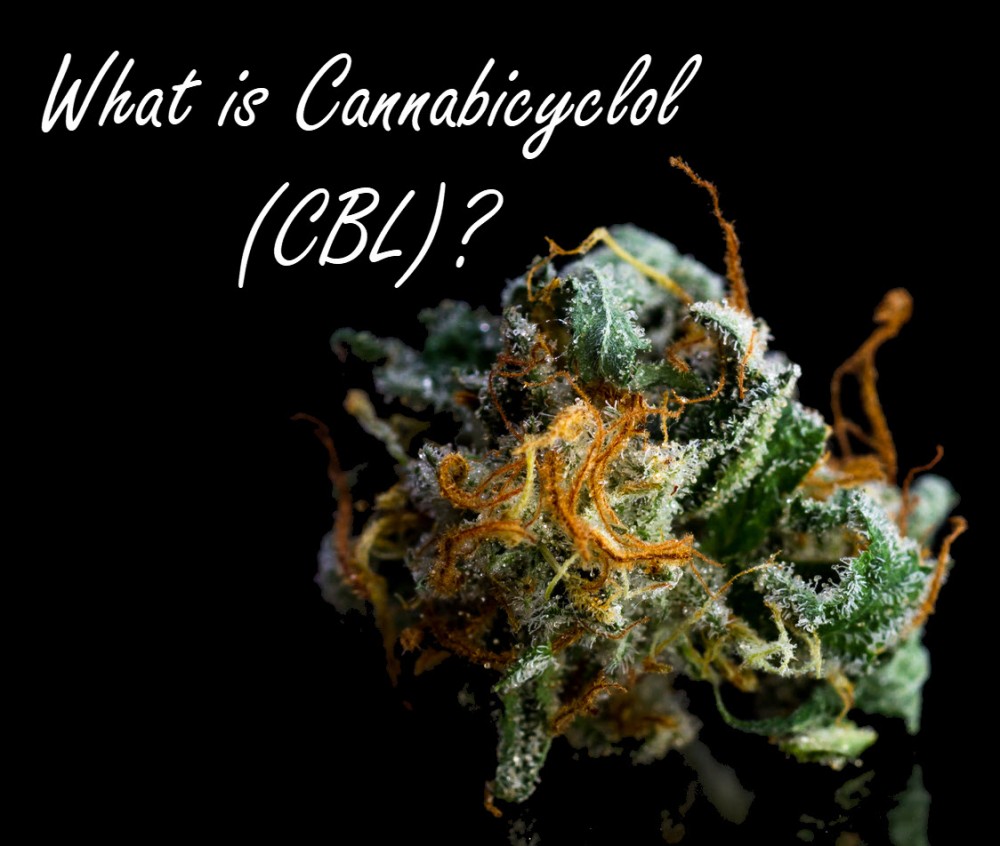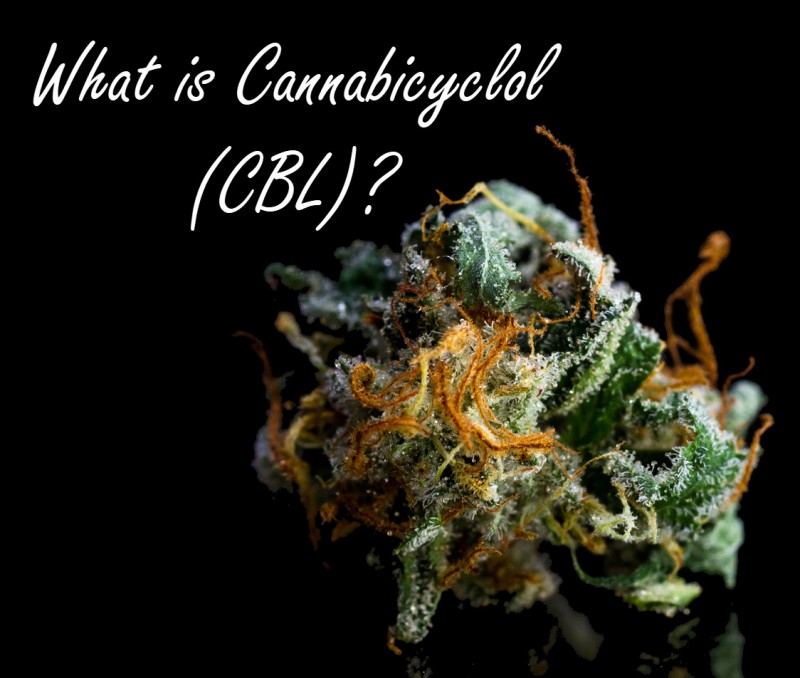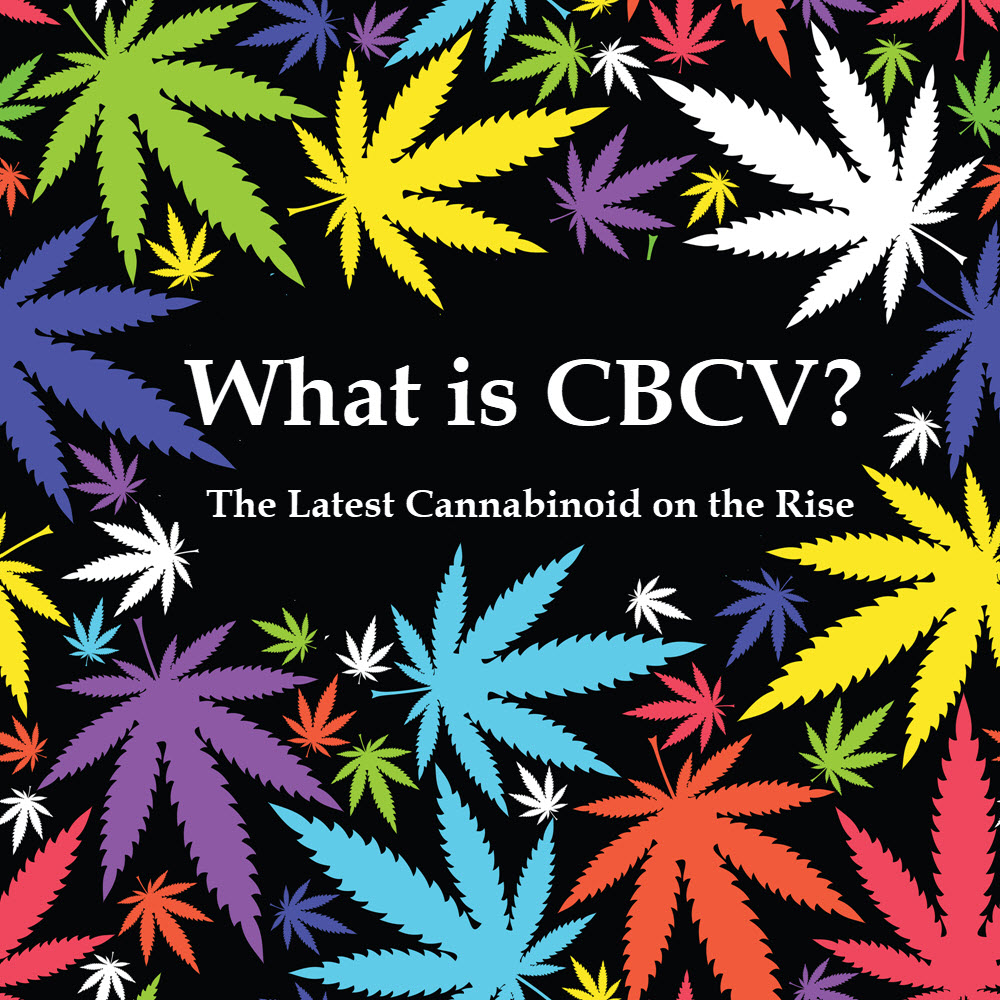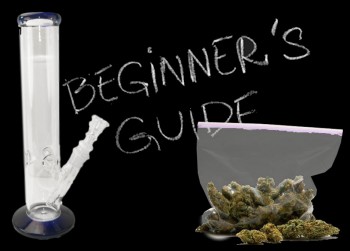Ever heard of CBL (Cannabicyclol)? The cannabinoid of the future

Cannabicyclol (CBL), discovered by Korte and Sieper in 1964 is a non-psychoactive cannabinoid that was initially thought to be THC and named THC III. In 1967 however, after a careful conversion from CBC, isolation, and study, CBL was renamed. In 1971, its proper structure was discovered and it was also confirmed that CBL is not a naturally occurring cannabinoid. As is common with other cannabinoids, CBL is derived from the decarboxylation of CBC as a result of exposure to light or oxygen. It is also sometimes referred to as cannabipinol or CBP.
CBL Sources
Cannabicyclol also known as CBL is a little known and commonly overlooked cannabinoid of the 113 known cannabinoids, This is as a result of its low production in trichomes and difficulty in extraction, in comparison with others such as THC, CBN, and others which have gained exposure as a result of being found in plentiful amounts. It is often found in cannabis varieties with high Cannabichromene (CBC) content and is quite similar to other phytocannabinoids in terms of its formulation with a slight difference in structure. Its major characteristic is its lack of psychoactivity as an effect after use.
The strains high in CBL are usually those that have been stored for years and are known to also be high in CBC. For example, large amounts of CBL and CBC were found in cannabis concealed in a Chinese tomb dating back to approximately 2700 BCE. They were found to be the compounds with the largest fractions as both CBD and THC were found in low amounts. This also occurs in Pakistani hashish as they usually have to be stored for between six months to four years.
Effects of CBL
Although research into the use and benefit of CBL has been scarce in addition to its limited availability. This is as a result of being produced in very small quantities and has led to the development of a skeptical attitude to the possible medicinal benefits CBL could offer. Regardless, some researchers have taken the initiative to embark on studies into the potential anti-inflammatory and anti-tumor effects of CBL. A study carried out by Steep Hill Labs has offered a ray of hope to patients as it is said to also control muscle contractions and aid reproduction, although there is a need for more extensive research to be fully carried out before it can be used for treatments.
This is in addition to a check into something called the entourage effect which refers to an interaction between other cannabinoids and CBL. Despite these efforts, there is still an essential need for more studies and research to be embarked upon to fully explore and corroborate the therapeutic potential of CBL. Also, it has been discovered that interest in CBL has mostly been concentrated on its different yet appealing chemical structure as the lack of double bonds and its arrangement of atoms ensure that it doesn't cause any psychoactive effects.
Although little or nothing is verified about the effects of CBL, its precursor CBC is known for its benefits and there's usually the possibility of some of these transferring to or being possessed by CBL. This includes CBC's actions on the body's internal cannabinoids (endocannabinoids) especially the anandamide by increasing its levels in the bloodstream to ensure balance in the body. This ability can only be speculated to be possessed until substantive research can confirm all these and more.
Legality
As we all know, the legal scene of the cannabis industry is very complicated. On its own, CBL can be considered legal because under the UN Convention on Psychotropic Substances and the US Controlled Substances Act, Cannabicyclol is presently not listed majorly because it is still relatively unknown. But as time passes and more about the benefits and dangers of CBL are known i'm certain more discussions will be had regarding it's legal status.
Bottom line
As a result of the difficulty in the extraction and low amounts of CBL, there have been little to no studies on it when compared to the well-known THC, CBD and CBN cannabinoids. Despite these, one study has been able to point out that CBL does not hinder the effects of prostaglandins unlike other cannabinoids as it had the lowest biological reaction of them all. Also, the much-touted entourage effect that CBL possesses is a major reason why scientists and researchers have much regard for CBL. This entourage effect ensures a synergetic reaction between all the compounds present in cannabis (cannabinoids, terpenes, flavonoids, etc.) to produce an excellent reaction in the body.The inadequate works of research into the benefits and dangers that might accompany CBL is the major factor holding it back. And Although not much has been validated about CBL, the future of the relatively unknown cannabinoid looks very promising.
CANNABINOIDS AND CANNABIS, READ THIS...
WHAT IS THCV AND HOW DOES IT AFFECT THE BODY?








